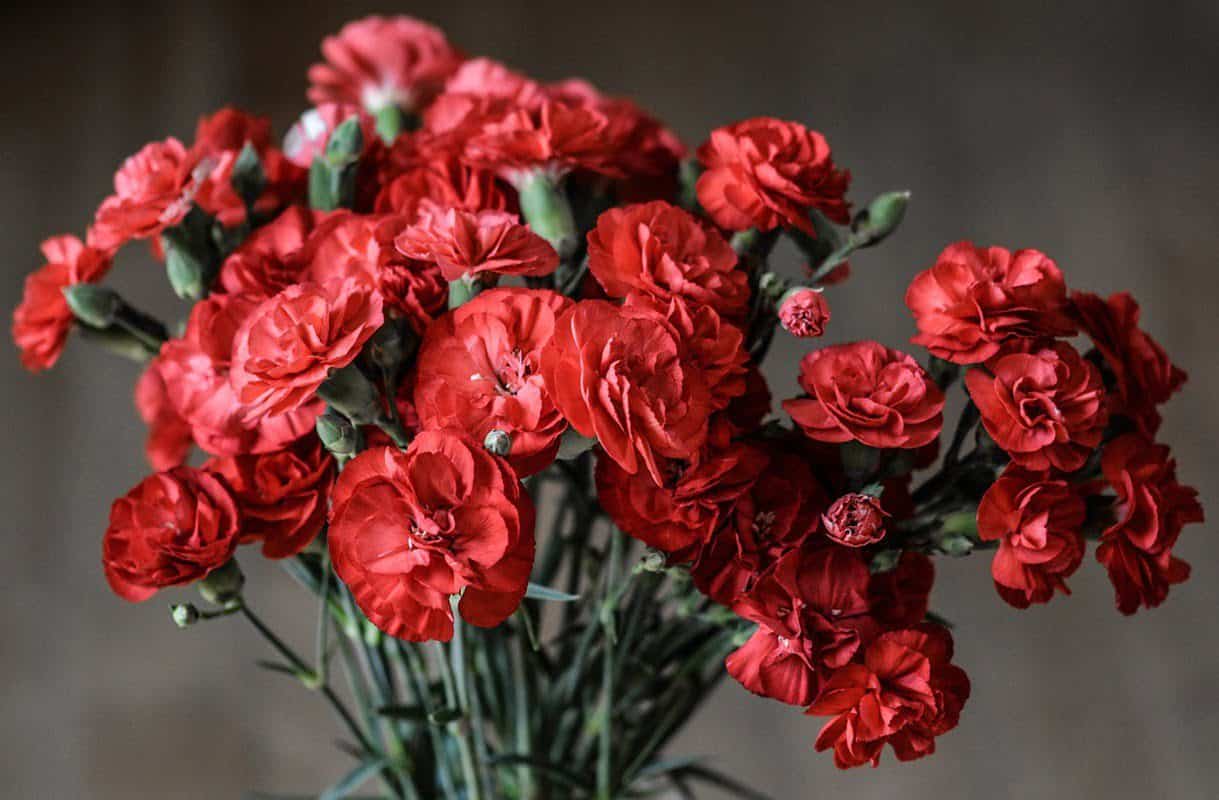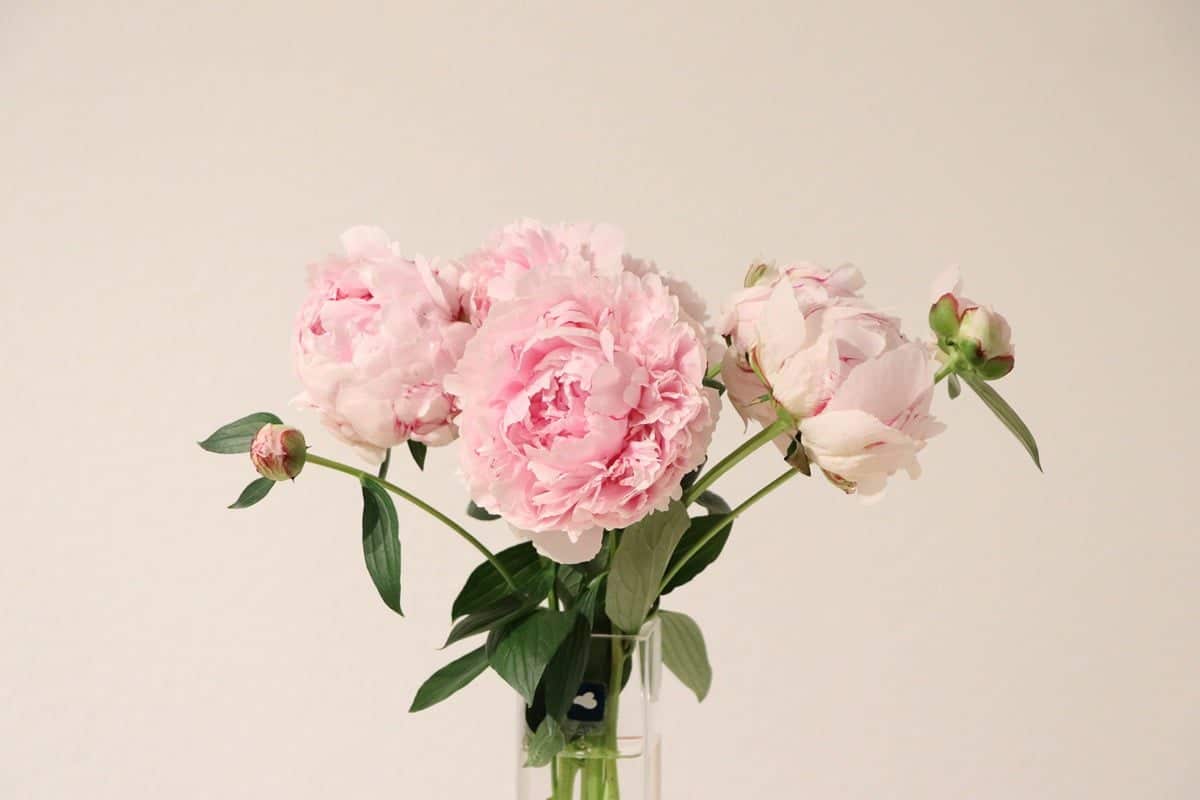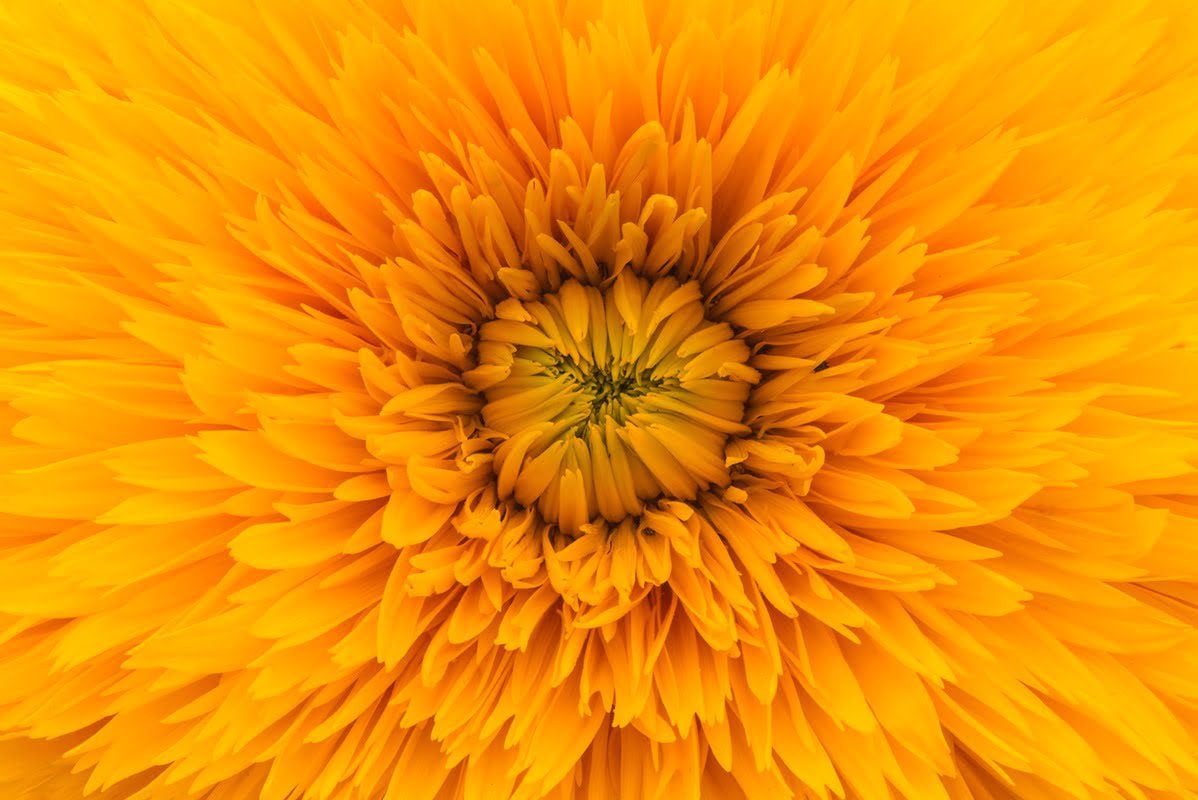Introduction
Carnations, known scientifically as Dianthus caryophyllus, have captivated hearts with their beauty and enduring freshness. As January’s birth flower, they hold a special place in the realm of floristry and symbolize a myriad of emotions, from love to fascination. These flowers, with their distinct ruffled petals and wide range of colors, offer more than just aesthetic value; they carry a rich tapestry of historical and cultural significance.
In the language of flowers, carnations are a versatile bloom. From the soft whispers of pink petals to the bold statements made by deep reds, they convey messages of love, distinction, and even luck. Their long-lasting nature makes them a popular choice in bouquets and floral arrangements, symbolizing enduring affection.
Table of Contents
The Historical Significance of Carnations
Ancient Civilizations and Carnations
The history of carnations is as layered as their petals. In ancient times, they were revered in Greek and Roman societies, often featured in ceremonial crowns and artistic decorations. These civilizations held the carnation in high regard, associating it with gods and divine love. The flower’s scientific name, Dianthus, is even derived from the Greek words for ‘divine’ (‘dios’) and ‘flower’ (‘anthos’).
Carnations in Modern Culture
Fast forward to the present day, and carnations have found their way into various cultural events and movements. They have been used as symbols of political factions, worn during important celebrations, and given as tokens of love and admiration. In some cultures, carnations are a traditional Mother’s Day gift, symbolizing a mother’s undying love, especially the pink variety.
Varieties and Colors of January Birth Flower
Significance of Different Carnation Colors
The color of a carnation flower holds significant meaning. Red carnations are a declaration of deep love and admiration, while white ones symbolize purity and good luck. Pink carnations, perhaps the most historically significant, are associated with a mother’s undying love. This tradition dates back to Christian lore, where it’s believed that pink carnations first grew from the ground where the Virgin Mary shed tears over Jesus’s death.
Exploring the Diversity of Carnation Varieties
Beyond their color, carnations are also celebrated for their variety. From the large, full blooms of the standard carnation to the charming, miniature versions known as spray carnations, each type offers a unique beauty. Hybridization has led to an even greater array of patterns, with some petals boasting striped or speckled designs, enhancing their appeal for sophisticated floral displays.
The Symbolism of Carnations in January Birth Flower
What Carnations Convey in Birth Celebrations
Giving carnations to someone born in January is more than a tradition; it’s a meaningful gesture. These flowers represent the qualities attributed to January-born individuals – love, fascination, distinction, and a vibrant spirit. By choosing the right color, one can personalize the message, making the birthday celebration even more special and heartfelt.
Integrating Carnations into Birthday Traditions
Incorporating carnations into birthday celebrations can take many forms. From a simple bouquet of fresh, vibrant carnations to a more elaborate floral arrangement combining them with other birth month flowers or greens, the possibilities are endless. They not only brighten the occasion but also bring a deeper meaning to the celebration, honoring the individual’s unique traits and the journey ahead.
Cultivating and Caring for Carnations, Essential Tips for Growing Carnations
Ideal Growing Conditions
Growing carnations can be a rewarding experience for any gardener. These flowers thrive in well-drained, neutral to slightly alkaline soil and require ample sunlight to bloom. They prefer cooler temperatures and need to be protected from extreme heat, which can hamper their growth.
Maintenance and Care for Carnations
Carnations demand attention and care. Regular watering, without over-saturating the soil, is crucial. They benefit from monthly fertilization during the growing season and need to be deadheaded regularly to encourage more blooms. Preventing pest infestations and fungal diseases is also key to maintaining healthy, vibrant carnations.
Common Challenges in Growing Carnations
Carnations, while hardy, do face their share of challenges. Fungal diseases such as rust and root rot can afflict these plants, particularly in overly moist conditions. Pest infestations, including aphids and thrips, can also be a concern, often requiring organic or chemical treatments. Despite these challenges, with proper care and preventive measures, carnations can be a delightful addition to any garden.
Carnations in Floral Arrangements and Gifts
Carnations are a favorite among floral artists for their versatility and long-lasting beauty. When designing a bouquet, consider the message you wish to convey. Mix red and white carnations for a romantic and pure love expression, or combine pink carnations with other pastel flowers for a softer, more nurturing message. Their sturdy stems and long vase life make them an ideal choice for various floral arrangements.
Creating a Carnation Bouquet: Step-by-Step DIY Guide
Materials Needed:
- Fresh Carnations (various colors based on preference)
- Floral scissors or sharp garden shears
- Floral tape
- Bouquet pins
- Ribbon (color of your choice)
- Vase or container for holding the bouquet
- Water (to keep the carnations fresh)
Steps:
- Prepare the Carnations:
- Start by selecting fresh carnations. Look for blooms with firm, bouncy petals and unblemished stems.
- Trim the stems at a 45-degree angle. This increases the surface area for water absorption.
- Arrange the Flowers:
- Hold a stem in your hand and start adding more carnations around it, rotating the bunch in your hand as you go. This ensures an even distribution of colors and sizes.
- Continue adding carnations until you achieve the desired fullness.
- Secure the Bouquet:
- Once satisfied with the arrangement, use floral tape to secure the stems together. Wrap the tape several times around the stems, approximately 3-4 inches from the flower heads.
- Add Finishing Touches:
- Trim the ends of the stems to ensure they are all even.
- Cover the floral tape with a decorative ribbon and secure it with bouquet pins.
- Hydrate the Bouquet:
- Place the bouquet in a vase filled with water to keep the carnations fresh. Change the water every two days and trim the stems slightly at each change.
- Display or Gift the Bouquet:
- Your Carnation bouquet is now ready to be displayed or gifted!
Celebrating with Carnations: Beyond Bouquets
While bouquets are a classic choice, there are other creative ways to incorporate carnations into gifts and celebrations. Consider a potted carnation plant for a gift that keeps on giving, or use dried carnations for a lasting keepsake. Carnation petals can also be used in bath bombs or homemade potpourri, offering a unique and personal touch.
The Art of Gifting Carnations
Choosing Carnations for Different Occasions
Carnations are not just for birthdays; they are suitable for many occasions. Red carnations can be gifted to express love and admiration, making them perfect for anniversaries and Valentine’s Day. White carnations are often used in bridal bouquets or as decorations in weddings, symbolizing pure love and good fortune. Pink carnations, with their association with maternal love, are an excellent choice for Mother’s Day.
Customizing Carnation Gifts for Personal Touch
When gifting carnations, adding a personal touch can make a big difference. Pair them with a handwritten note or a custom-designed vase for an extra special touch. For January birthdays, consider including a small piece of garnet, January’s birthstone, with the bouquet to make the gift even more meaningful and tailored to the recipient.
Fascinating Stories and Legends
Carnations in Mythological Tales
The lore surrounding carnations is as colorful as the flowers themselves. In Greek mythology, it’s believed that carnations first appeared from the Earth where the tears of the goddess Diana fell, mourning the death of a young shepherd. This tale underpins the flower’s association with love, loss, and remembrance.
The Enduring Myths and Beliefs Around Carnations
Throughout history, various cultures have imbued carnations with mystical and spiritual significance. In some folklore, carnations were thought to bring good luck and protect against evil spirits. They were often used in traditional herbal remedies and potions, believed to have healing properties, especially for heart ailments.
Modern Interpretations of Carnation Symbolism
In contemporary times, carnations continue to be a symbol of deep emotions and human connection. They remind us of the enduring nature of love and the resilience of the human spirit. Whether used in celebrations, as a gesture of sympathy, or simply to brighten someone’s day, carnations carry a timeless appeal and a message that resonates across generations.
Conclusion and Key Takeaways
The Carnation, January’s birth flower, is a testament to the enduring beauty and complexity of nature. Its rich history, variety of colors and forms, and deep symbolism make it a beloved flower in many cultures. Whether you’re looking to express love, admiration, or simply celebrate a special occasion, carnations offer a perfect way to convey your message. Their ability to adapt to various settings, from gardens to bouquets, only adds to their appeal.
Frequently Asked Questions (FAQs)
Q: What is January’s birth flower?
A: January’s birth flower is the Carnation. Carnations are known for their vibrant colors, ruffled appearance, and long-lasting freshness. Each color of the carnation also carries a unique meaning, such as love, fascination, and distinction. They are a popular choice in floral arrangements and are especially significant when given as gifts to those born in January.
Q: What does the carnation symbolize in different colors?
A: Carnations are rich in symbolism, with each color representing a different emotion. Red signifies deep love, white denotes pure love and good luck, and pink is a symbol of a mother’s undying love.
Q: Can carnations be grown indoors?
A: Yes, with proper care, including adequate sunlight and well-drained soil, carnations can thrive indoors. They make excellent houseplants and bring a splash of color to any indoor setting.
Q: Are carnations suitable for all types of floral arrangements?
A: Absolutely! Carnations are incredibly versatile and can enhance any floral arrangement. Their variety of colors and long vase life make them suitable for bouquets, centerpieces, and other decorative displays.







